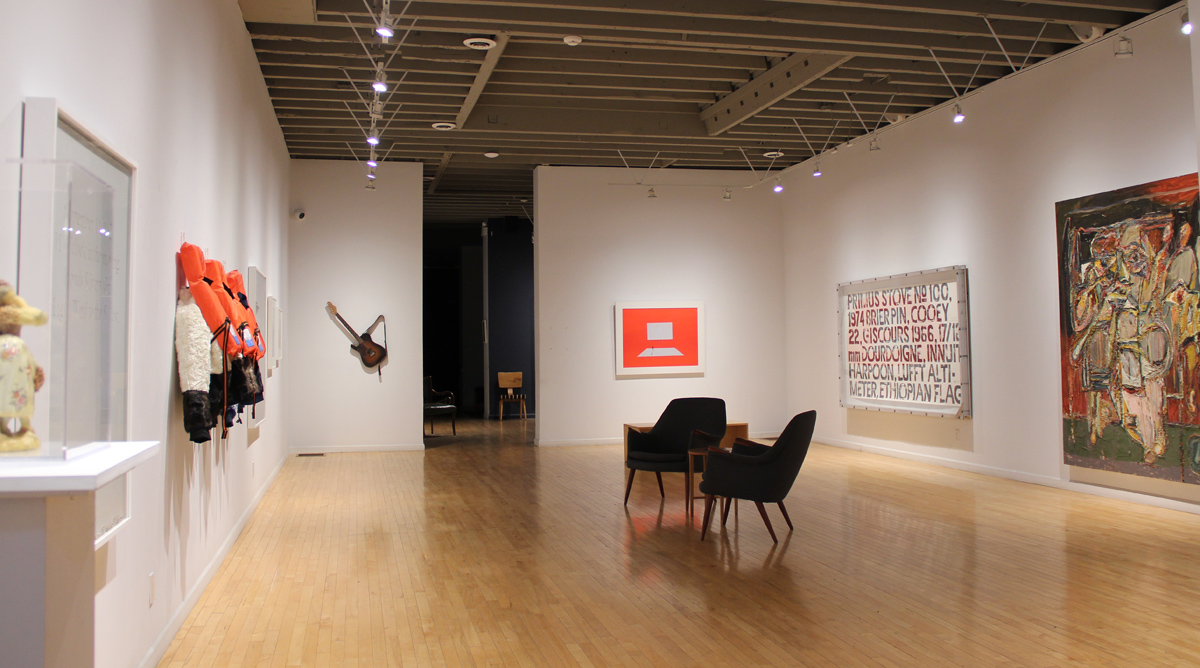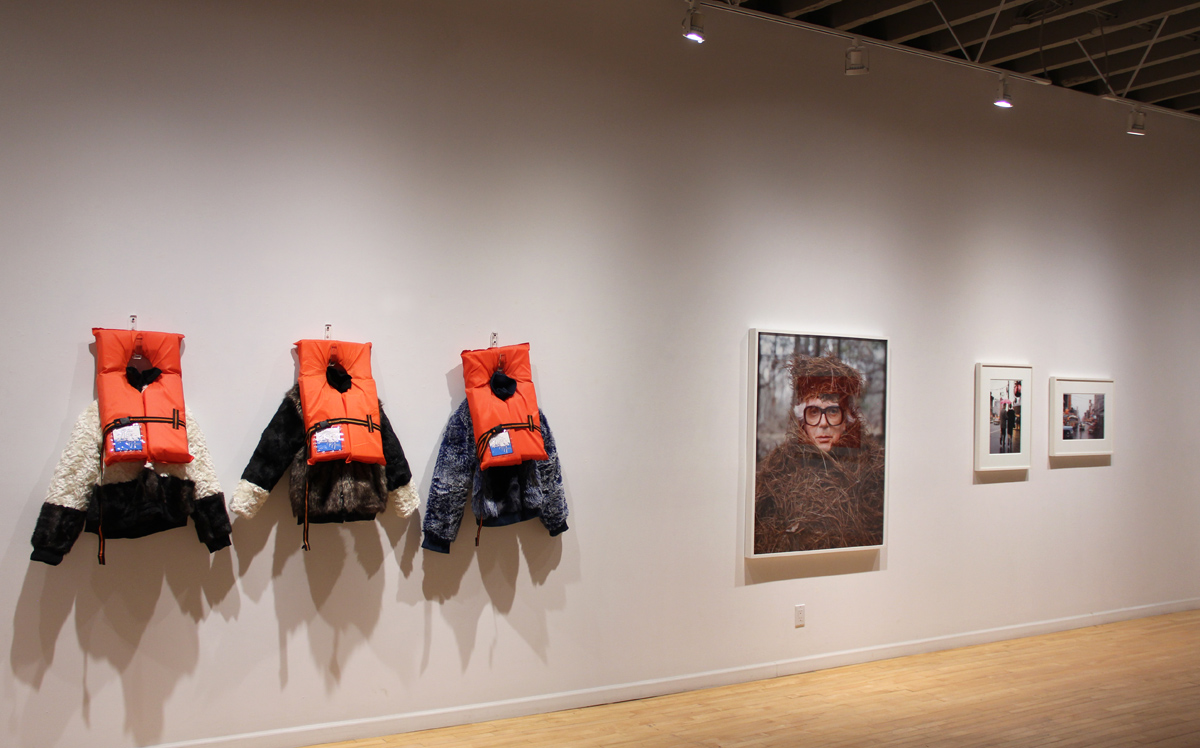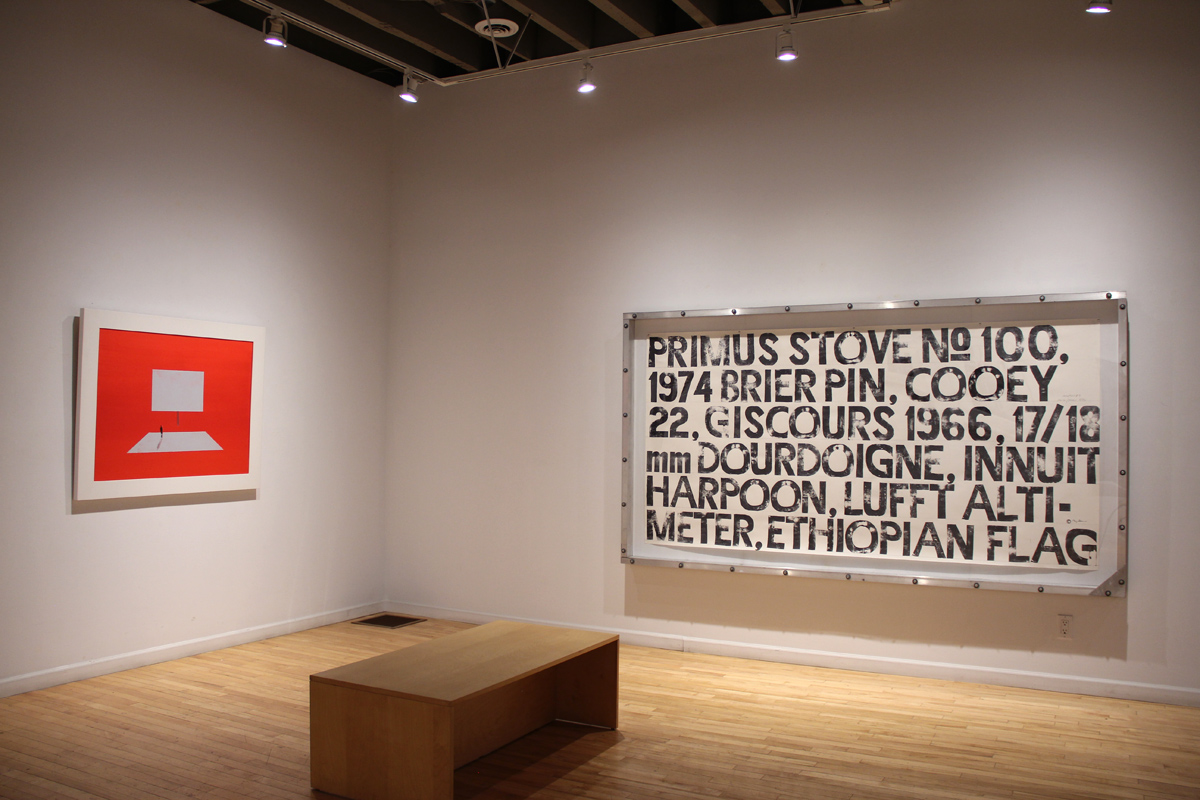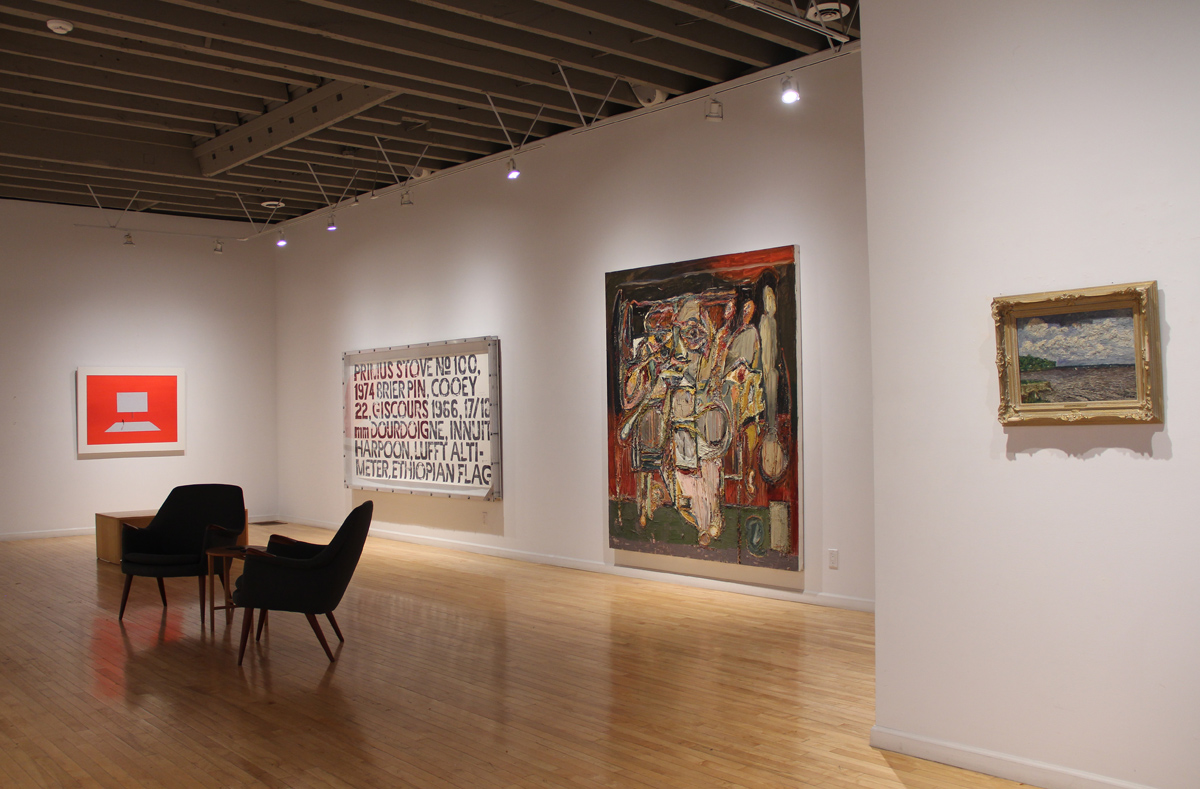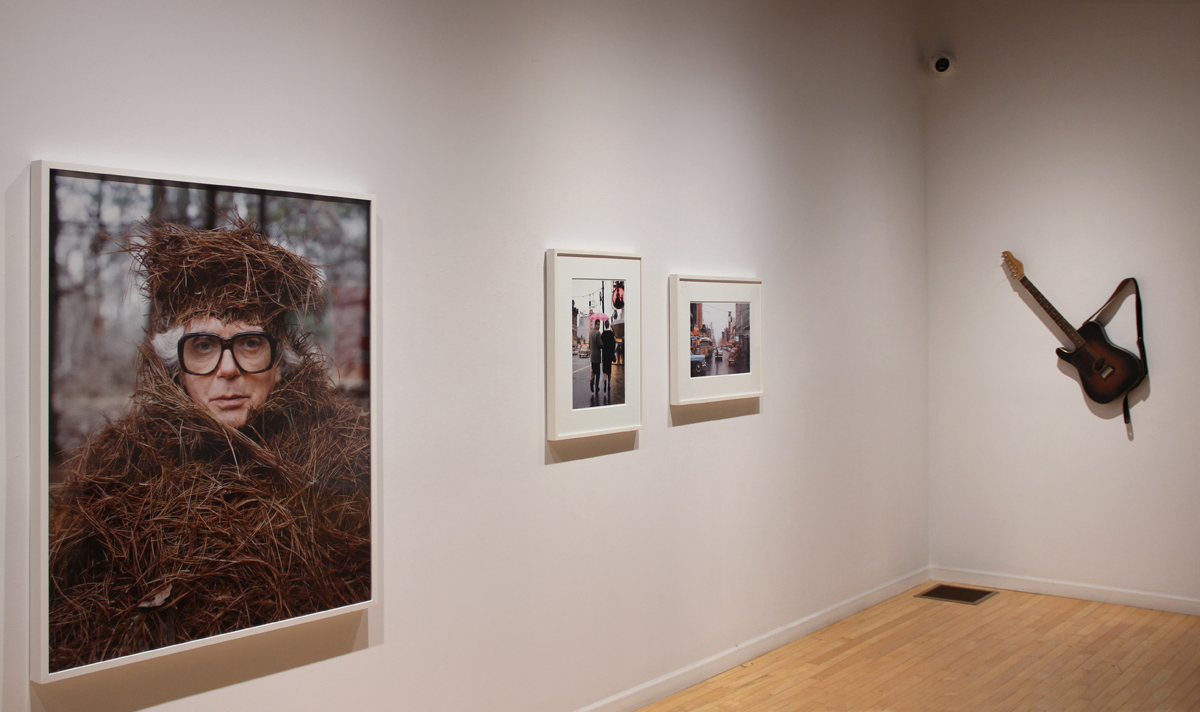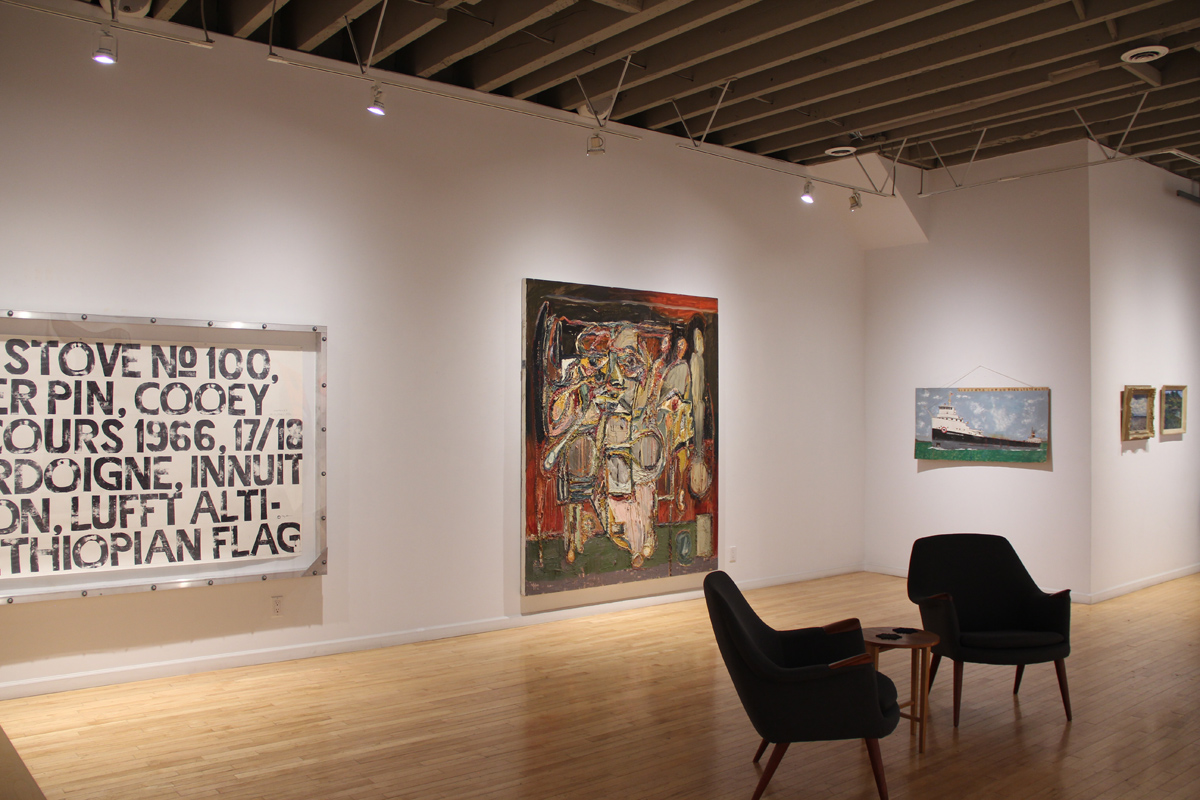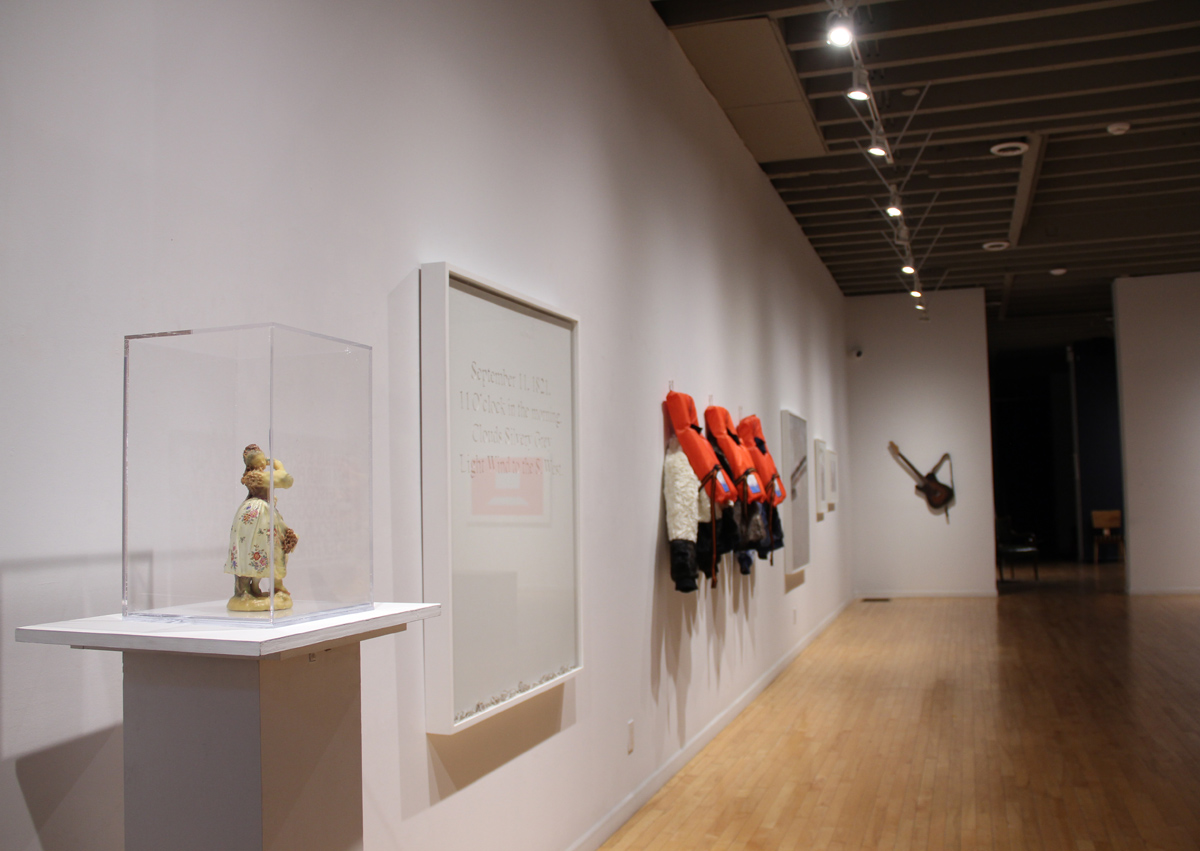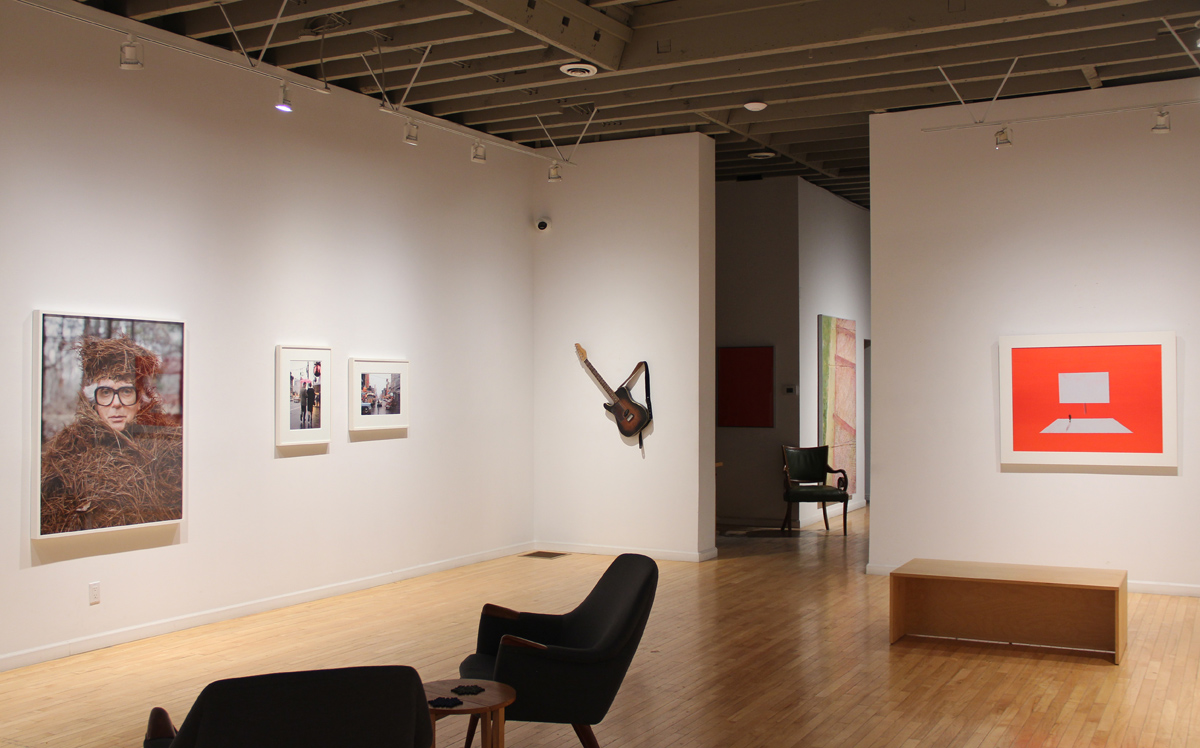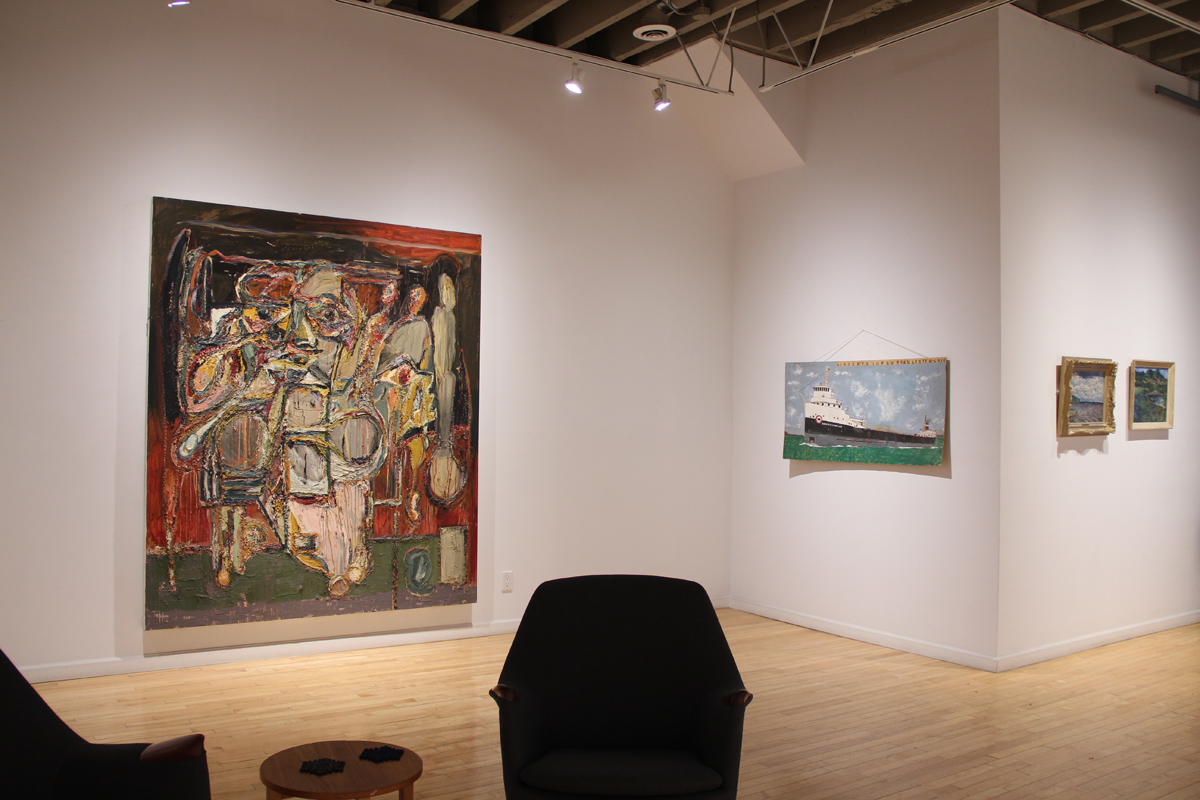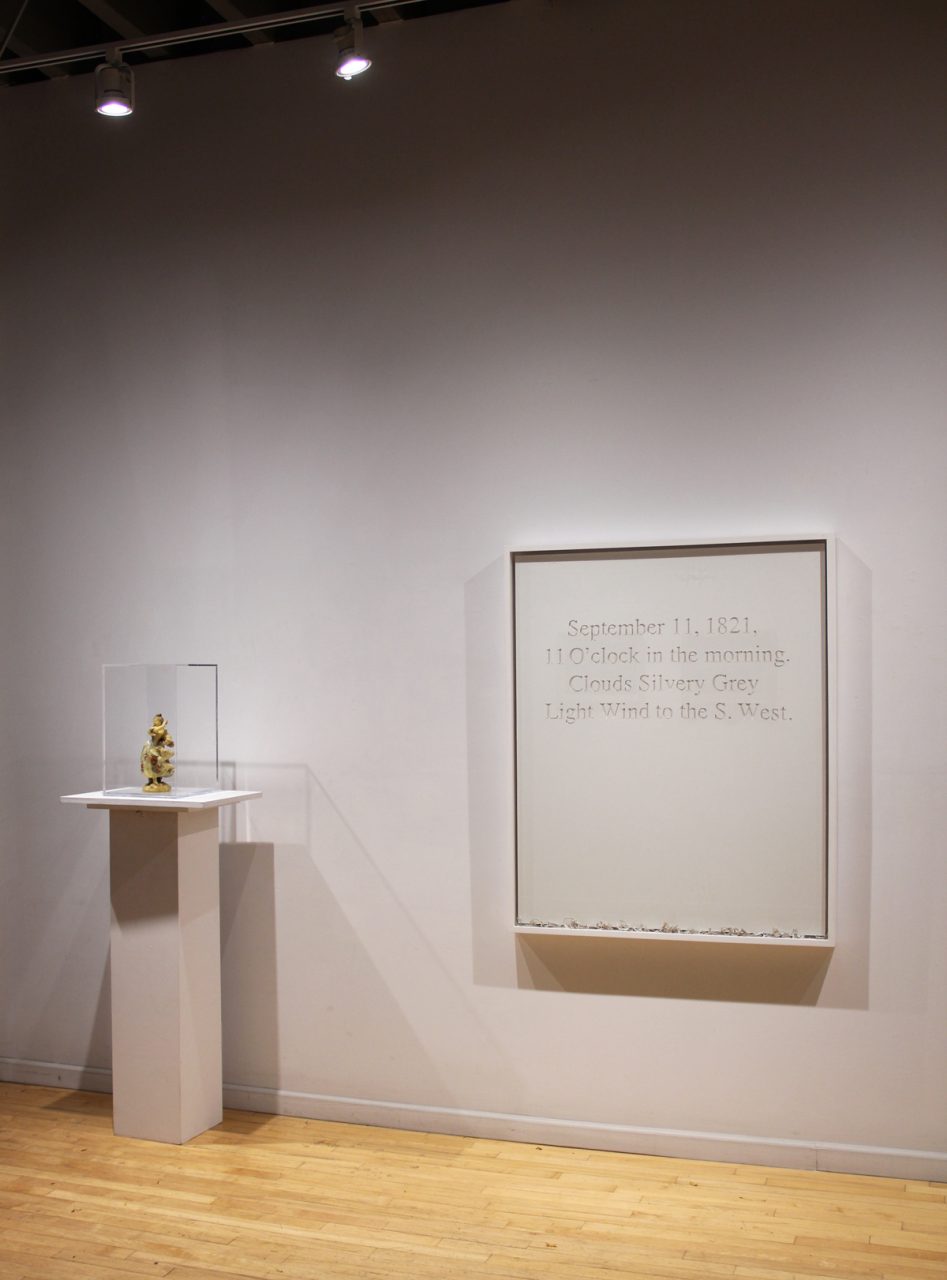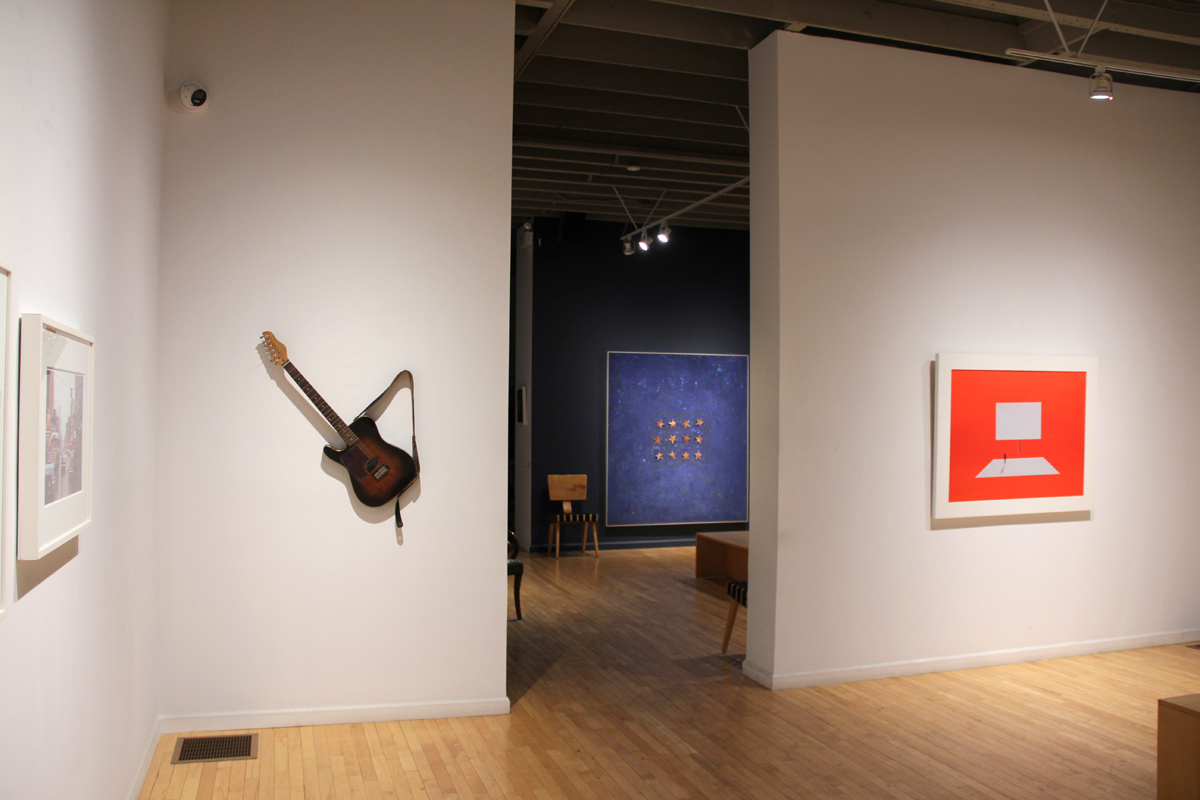“A Collectors Survey”
40th Anniversary Exhibit “A Collectors Survey”- November 7 – 30,2024
On November 14, 2024, we will be celebrating our 40th year in the art business. Michael was 26 years old in 1984 when he bought Roth Art on Talbot Street in downtown London. Thirteen years later, he sat across the street from the “Entrepreneurs Wanted” sign in the window of 157 Carling and visualized the transformation of the building into what we now know as Michael Gibson Gallery. To honour Michael’s 40 long years in the art business, he has curated an exhibition from his collection paying tribute to some of the artists who he has had the privilege of knowing and representing over the past 4 decades.
Artists Included:
Aganetha Dyck is best known for her work with live honeybees, who she collaborated with between 1991 to 2010. The Masked Ball Series was inspired by a group of figurines that reminded Aganetha of the days of luxurious gatherings held in elegantly decorated ballrooms. She thought about how artificial wigs and elaborate masks change the behaviour of guests at masquerade balls. Using perfumes and bee pheromones, Aganetha painted on the parts of the figurine (mainly the head and torso) where she wanted the bees to make their honeycomb marks. Aganetha likes the way that the bees have created a mask for the figurines to now attend their fancy masquerade ball.
Adam David Brown‘s series For The Time Being developed out of an awareness of the cloud studies of John Constable. He would write on the back of the paintings, recording the time and weather conditions as well as descriptions of the clouds. Clouds are ephemeral by nature and are emblematic of impermanence. For The Time Being takes the form of a monument to the fleeting atmospheric moments captured by Constable in 1821, a kind of epic ephemerality.
Lynn Richardson’s Inter-Glacial Free Trade Agency examined the relationship between governments and corporations through the guise of a trade show. It specifically focused on the end products being marketed to the last standing consumer; fashionable survival gear for a self-induced ice age triggered by global warming. All items were branded with the same logo crediting the notion that in the ‘new world’ there is only one choice. Her work is intended to be playful, even humours in order to soften the hard reality of the underlying message.
Eyes as Big as Plates is the ongoing collaborative project between the Finnish-Norwegian artist duo Riitta Ikonen and Karoline Hjorth. Starting out as a play on characters from Nordic folklore, Eyes as Big as Plates evolved into a continual search for modern human’s belonging to nature. Each image presents a solitary figure in a landscape, dressed in elements from surroundings that indicate neither time nor place. On the lookout for enthusiastic participants, we spent a wintry night in the company of members of New York’s Indoor Gardening Society. One of the regulars was a charismatic-looking gentleman studying the wonders of carnivorous plant in an elegant black beret and a pair of spectacular glasses. We couldn’t resist slipping a little note in his pocket to say we would love to hear from him. The next day Bob called us and excitedly proclaimed how ‘this is not a time in my life when I want to lay around in bed’, and a week later we were all sitting on the J train to Forest Park in Queens.
Fred Herzog was born in Germany in 1930, and immigrated to Vancouver, BC in 1953. Throughout his career he worked almost exclusively with Kodachrome slide film, and only in the past decade did technology allow him to make archival pigment prints that match the exceptional colour and intensity of the Kodachrome slide. Herzog’s use of colour was unusual in the 1950s and 60s, a time when art photography was almost exclusively associated with black and white imagery. In this respect, his photographs can be seen as a pre-figuration of the “New Colour” Vancouver photographers of the 1970s.
Murray Favro is one of the original members of the Nihilist Spasm Band. In the 1960s, the members started to make their own instruments to play in the sound band. As the lead guitarist, Favro also made his own guitars – first made from painted wood, and then welded steel. Each one is left-handed and uniquely shaped. Favro is well known for making guitars that both act as a functional object and beautiful aesthetic objects. They have become the perfect synthesis of Favro the artist and Favro the inventor.
Wanda Koop is one of Canada’s most distinguished and inventive artists whose work explores the relationship between nature and technology. From her 2009 VIEW from HERE exhibition, “Untitled (Red Sign)” explores human emotions and our relationship with technological advancement. The serene landscape creates a dialogue about who we are as humans and reveals aspects of our human psychology in a digital age. A precursor to her “Hybrid Human” paintings included in her 2010 touring retrospective, the painting foreshadows the future with electric and poignant power.
Greg Curnoe’s text-based works are bold statements of conceptual art as you need to read in order to “see” the image. Using large rubber stamps and stamp pad ink, he describes through words, his observations and thoughts. An avid record keeper and maker of lists, with “Inventory #3” Curnoe itemizes for us the contents in his studio. The words not only reveal to us the visual picture of what he is describing, but also show us his diverse tastes and interests.
Harold Klunder’s richly textured, complex abstract paintings are built up slowly over time. His unique visual vocabulary pays homage to both the history of painting and his non-traditional notion of the “self-portrait”. Moving between abstraction and figuration, representation and abstract expressionism, the layers of paint accumulate over time, slowly revealing to us his lived experience as one of Canada’s finest painters.
Manitoulin Island artist Angus Trudeau was well known for his whimsical and idiosyncratic paintings of his beloved lake boats and logging activities on the island. Self-taught, his paintings used a variety of materials and methods. He had a strong decorative sense and would, with amazing accuracy, re-create intricate details of the mechanics of the decommissioned lake boats. Using flamboyant colours and delightful patterns in waves and clouds, Trudeau made paintings that are alive and extraordinarily personal. He was an important historian and chronicler of island life.
Living and studying in Montreal at the time, the two early landscapes by Paterson Ewen show the influence of one of his teachers, Goodridge Roberts. Ewen sketched the landscapes in and around Montreal adopting Roberts’ loose, rapidly applied brushstrokes and his teacher’s preferred vantage points when selecting scenes. Both paintings show Ewen’s affinity for intense mark-making and his early and keen interest in weather phenomena. They show an artist early in his career, quickly finding his voice
